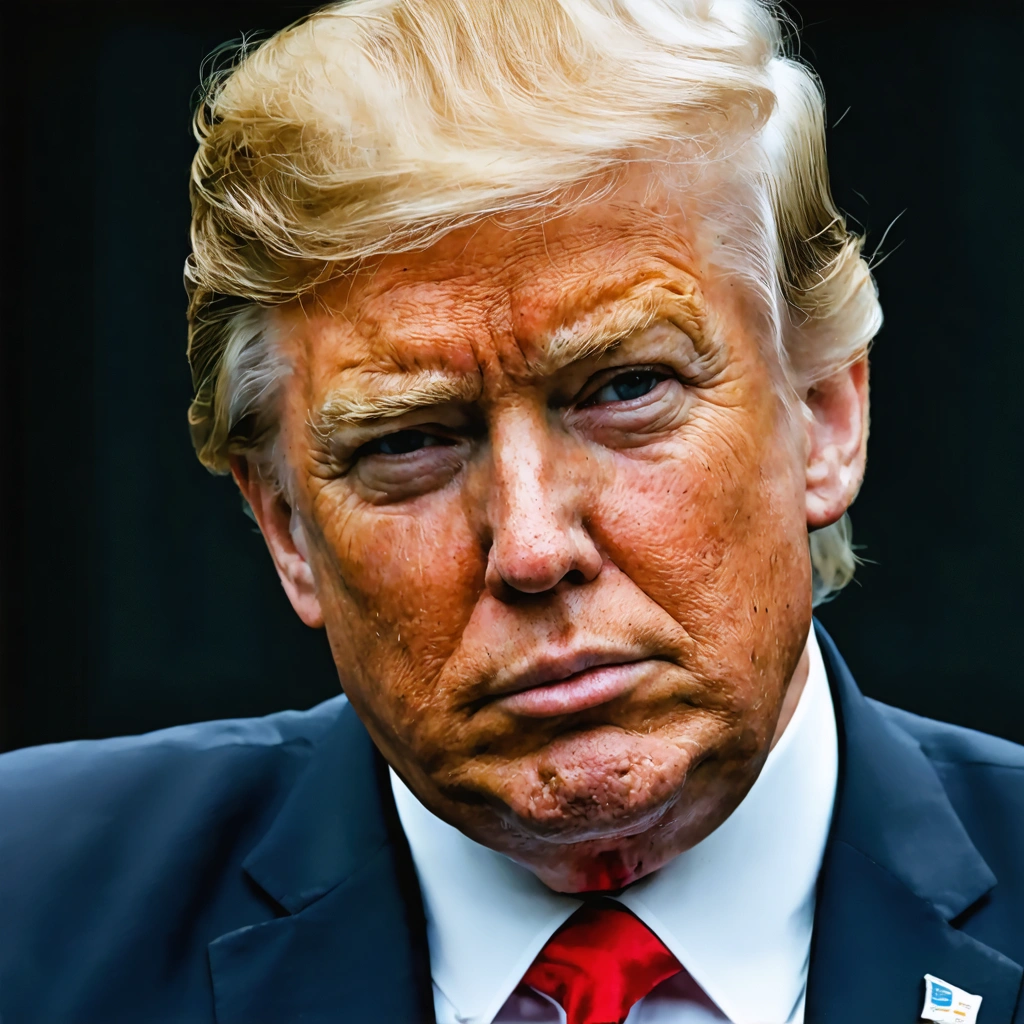
Introduction: The Intersection of Public Service and Social Media Culture
In today’s multifaceted work environment, the blending of traditional governmental responsibilities with modern social media practices has created new controversies and debates. One notable occurrence is the case involving a Trump appointee, McLaurine Pinover, who filmed influencer-style videos in her office. This incident, brought into public scrutiny amid discussions about DOGE cuts, has raised significant questions regarding propriety, workplace conduct, and the larger influence of digital trends on public administration. While official statements confirm that no financial gains were made from these endeavors, the episode shines a light on the evolving intersection between old-school bureaucratic ethics and contemporary influencer practices.
Background and Context
Political Appointments and Media Engagement
Political appointees often find themselves at the crossroads of traditional duties and the demands of a modern, digital-savvy audience. Since the Trump administration embraced a more unconventional style of communication, many officials have adapted aggressive social media strategies to connect with constituents and amplify their message. In this case, McLaurine Pinover’s decision to blend official responsibilities with influencer-style video production is emblematic of a broader shift in how public agencies communicate their activities.
The Significance of DOGE Cuts
DOGE cuts, referring to recent budget or resource reductions denominated by or associated with a digital currency trend, have added another layer of complexity to this incident. The term DOGE, popularized by cryptocurrency Dogecoin, has appeared alongside various reform measures, sometimes raised in discussions about where resources should be prioritized. The controversy emerges not only from the unusual filming practices in a government office but also from the concurrent economic measures that have impacted organizational operations and public perception.
Analyzing the Incident: A Detailed Business Perspective
Key Elements of the Incident
The following points encapsulate the core aspects of the controversy:
- Official Conduct vs. Personal Expression: The balance between professional politeness and individual creativity is under scrutiny. In a traditional office setting, engaging in influencer-style video production challenges the norms expected of public servants.
- Financial Implications: Despite apparent concerns about mixing professional duties with social media virality, McLaurine Pinover has confirmed that no personal financial benefits were accrued from these activities.
- Resource Allocation: The timing of this incident coinciding with DOGE cuts fuels the debate on whether time and office resources were misappropriated at a moment when fiscal prudence was critical.
- Public Trust and Transparency: Incidents like this can shake the confidence of citizens in their public officials, prompting discourse on transparency and the appropriate boundaries of digital engagement.
Risks and Benefits of Social Media Engagement in Government Offices
A balanced approach to social media practices within public institutions can yield both benefits and risks. To explore these dimensions, consider the following table:
| Aspect | Potential Benefits | Potential Risks |
|---|---|---|
| Engagement | Enhanced public outreach and improved communication with a diverse audience | Possible misinterpretation of professional roles and diminished public trust |
| Innovation | Adoption of modern communication methods can modernize institutional image | Deviation from the expected norms of traditional governmental conduct |
| Resource Allocation | Opportunity to effectively use digital tools for public service campaigns | Concerns over the misuse of governmental time and resources during periods of budget cuts |
Detailed Business Analysis and Ethical Considerations
From a business standpoint, the incident ignites a discussion about workflow ethics, effective communication strategies, and the potential downsides of blurred lines between professional and personal domains. Key considerations include:
- Policy Frameworks: Public agencies must revisit and update their internal guidelines to accommodate new media realities while preserving ethical integrity.
- Risk Management: A comprehensive risk management strategy should identify potential pitfalls arising from unofficial activities, such as conflicts with operational mandates during financially constrained periods.
- Operational Efficiency: Ensuring that resources, particularly office environments and staff time, are dedicated to tasks aligned with agency priorities is critical, especially when facing budgetary cuts like those associated with DOGE allocations.
- Brand Image: In a political climate where every action is scrutinized, maintaining a clear distinction between personal branding and official communications is essential for upholding public trust.
Implications for Future Public Administration and Best Practices
Lessons Learned and Proposed Reforms
The episode under discussion underscores several pivotal lessons for public administrations:
- Review and Update Regulations: Existing policies should clearly define boundaries between personal expression and official conduct. This includes drafting guidelines that govern social media activities conducted in government spaces.
- Training and Awareness: Regular training on digital communication ethics and risk management should be provided, ensuring that every public official understands the implications of their actions in the digital realm.
- Stakeholder Engagement: Engaging with both internal stakeholders (such as employees) and external audiences (the public) is necessary to build resilient practices that maintain agency integrity amid social media trends.
Strategies to Prevent Future Controversies
In light of this incident, several forward-looking strategies could mitigate similar controversies:
- Implement strict oversight mechanisms to monitor and regulate the use of government resources for personal projects.
- Create a dedicated channel that distinguishes between official press releases and personal content shared by government employees.
- Establish formal collaborations with digital communication professionals to ensure a consistent and ethical representation of public agencies.
Long‐Term Impact on Public Trust and Social Media Trends
The blending of influencer culture with governmental operations might offer substantial rewards, such as enhanced engagement and innovative public outreach initiatives. However, the long-term effects on public trust depend heavily on transparency and adherence to established ethical practices. Maintaining a clear, ethical separation between personal creative efforts and official work remains crucial to prevent conflicts of interest or perceptions of impropriety. Public administration stands at a transformative crossroads where digital transformation offers extensive promise. In balancing modern communication practices with traditional governance values, agencies must work diligently to incorporate both strategic innovation and operational discipline. This incident serves as a reminder for public officials to navigate the complex digital landscape without compromising the core principles of public service and accountability. In conclusion, the controversy involving McLaurine Pinover’s influencer videos exemplifies the unique challenges brought on by the evolving interactions between modern digital trends and long-standing governmental practices. With effective policy reform, ethical oversight, and strategic training, public agencies can embrace digital innovation while upholding the trust and integrity expected by the citizens they serve.




